USER REPORT: Shooting the Sigma Dp2 Quattro and Fuji X100
By Michal Adamczak
Hi Steve and all,
I wanted to share my experience with Fujifilm X100 and Sigma DP2 Quattro. Attached are the pictures I took during my last trip with X100 as well as during my first trip with DP2Q. Note that the X100 pictures were developed from RAWs, while in case of Sigma they all are out of camera JPEGs (except for the balloon picture which I developed from RAW with corrected exposure). That may be not a fair comparison but I don’t really mean to compare them against each other. While I have been shooting RAWs only with X100, for practical reasons I plan to change my workflow with my new camera and use the OOC JPEGs most of the time. The size of the Sigma RAW files and the speed of their PhotoPro, the only software supporting the camera, make working with the DP2Q RAW files quite troublesome.
Back in 2011 I decided I would not carry a DSLR during my next trip. I though I would buy the best P&S I could find, one with a fairly big sensor and ideally with a bright prime lens – if there was such a camera. I had not been really following the market and was happy to found out that Fuji just released X100 – the camera I dreamed up and it was just a few clicks away from being mine! (Obviously the Fuji product managers must have dreamt about it a year or so before I did.) The camera looked great and felt good; even more so with the leather case which covered some of the plastic parts. Nothing is perfect but the camera was very close it to. I was happy with the image quality; the ergonomics and controls were great too – no need to enter menu while shooting. If I could change anything that would be the Manual Focus which I found out not really useable. I would love to have a mechanical focus ring in a “street” camera.
Fujifilm X100 felt great and I love shooting with 35mm yet I found it limiting at times and wanted to change perspective. If the tele conversion lens for X100 was available a few months ago – I might have ended up buying just it. But it was not. I was in Japan when Fujifilm XT1 was released and if it was available in a small photo shop in Okinawa I visited – I would probably have bought it. But it was not. Then I found some pictures from Sigma DP Merrill cameras and knew what would be my next camera. And it turned out an updated version was about to be released!
Sigma DP2 Quattro is very well made. I like the futuristic design though I would still prefer they kept it shorter, even if thicker and taller, to make it more pocketable (which it is not). The camera feels a bit weird to hold at first but personally I find the ergonomics good *if* using both hands; it is not comfortable to use with one hand only. The menu and buttons are well organised, LCD is good except.. that in no way it is a substitute for a viewfinder. I was using EVF 90% of the time on X100 and that is probably what I miss most in DP2Q. I have read a lot about how slow Sigma Merrill was. I cannot compare it with Merrill, Quattro is not a speed demon but I don’t find its speed a huge problem either. Autofocus is fairly fast in good light (similar to X100) but can be very slow in low light (then again – it is not a low light camera). It takes about 8 seconds to write a single photo and there is a buffer for 7 pictures. Depending on shooting style it can very little or just enough. Personally I don’t remember filling the buffer while shooting. I find it very annoying, however, that the camera is not useable 2 seconds after taking a shot.
Sigma DP Quattro offers quite a few usability improvements over Merrill but at the same time have somehow compromised Foveon sensor with low resolution Red and Green layers. It was a hard choice to make , but eventually I could not resist and decided to take the blow and test DP2Q myself. One of the reasons was supposedly improved JPEG engine (especially considering that the Sigma RAW files can be process only with Sigma’s own software). So how the image quality live up to the hype? Well, see for yourself. Overall I like the rendering, it’s smooth and have somehow painting like feeling. While I find the default sharpening too aggressive, there is definitely a lot of details there – just check the people on the beach or next to the balloons. Disappointingly there is a noticeable smearing in some parts of the pictures – check the grass in the shadow on the balloons picture. The camera gets very noisy starting from ISO 800 – check the incense picture; I find the B&W part very nice, however the red colour is washed away. (For a comparison ISO 3200 picture from X100.)
Retro X100 and futuristic DP2Q – the cameras are quite different to use and have different strengths. I find it a good opportunity to “change a perspective” which after all was the reason to change my camera. I am still learning about DP2Q. I have a bit mixed opinion regarding the image quality – there is a lot of “good” there but some “bad” as well. I was considering using the low resolution JPEGs (without extrapolation) but while 19MP is more than I need, 6MP is a bit too little. The camera feels good though and I am looking forward to using it during my next trips. I will probably buy an optical viewfinder which shall solve its biggest, usability wise, problem.
Michal Adamczak
A few from the X100…
–
and a few from the Dp2 Quattro

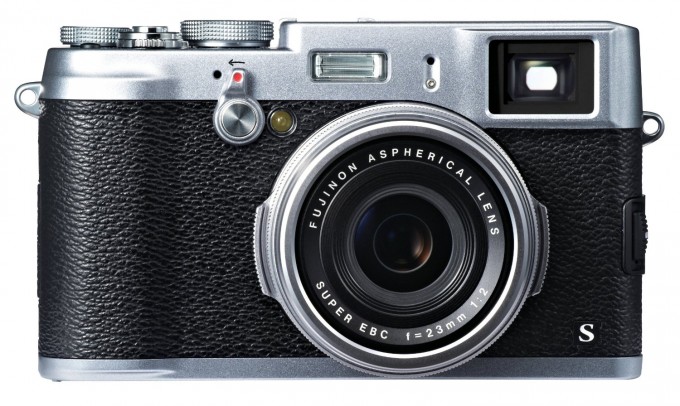
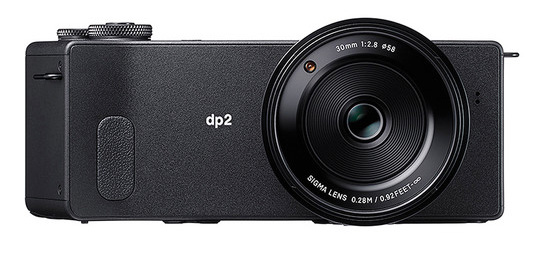
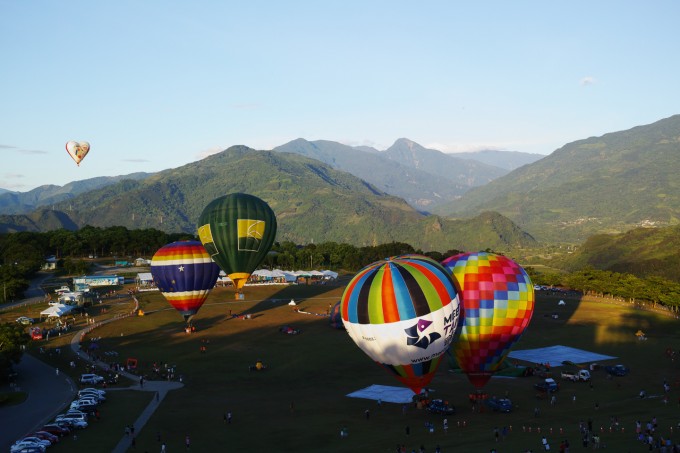
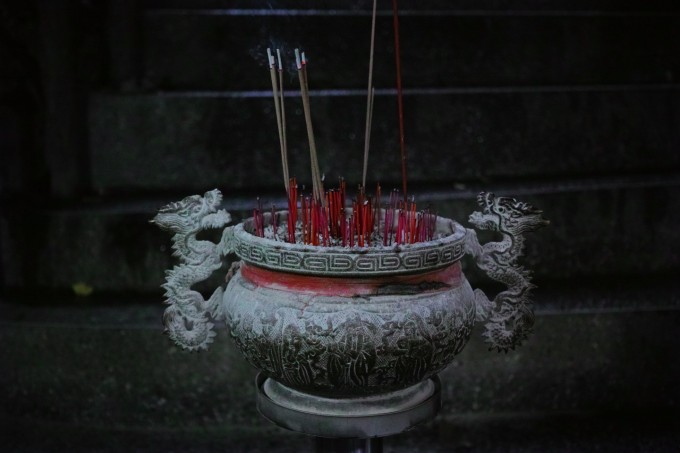
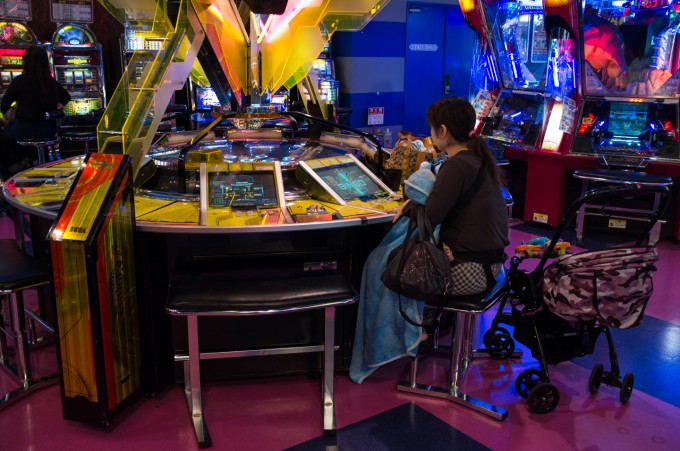
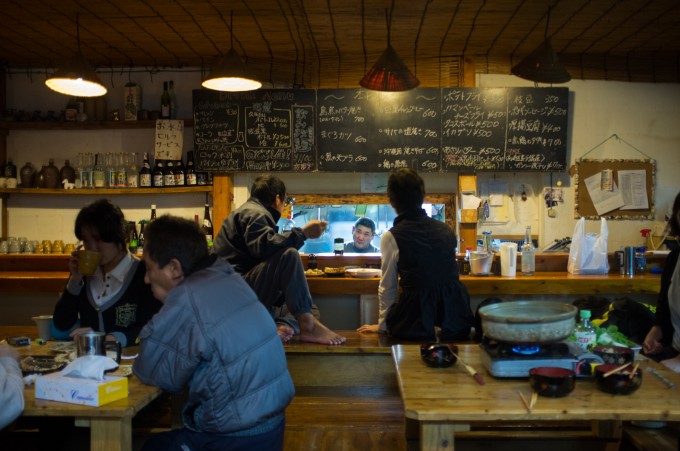
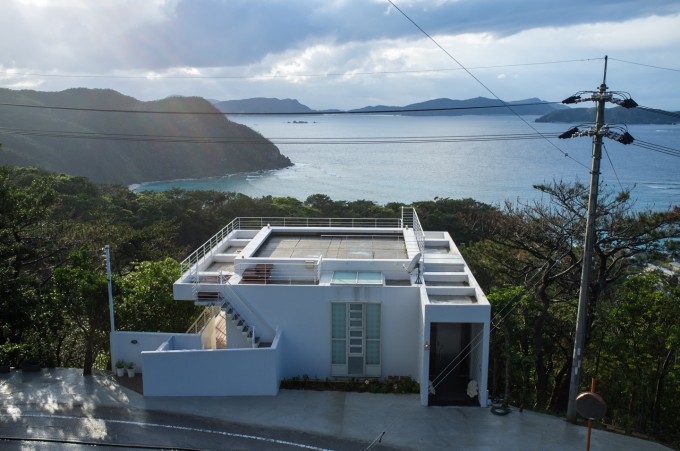
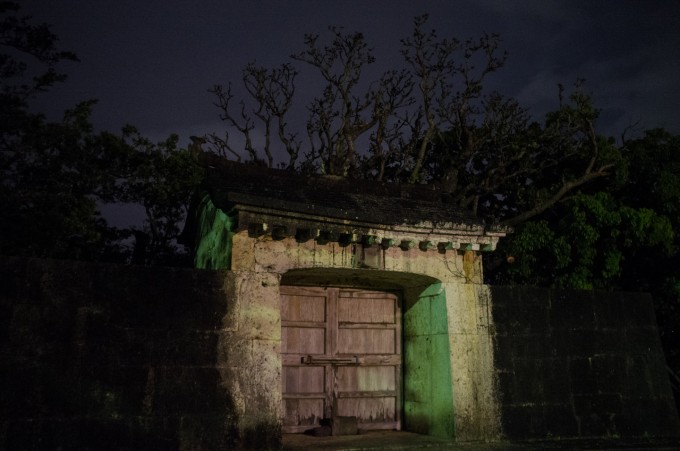
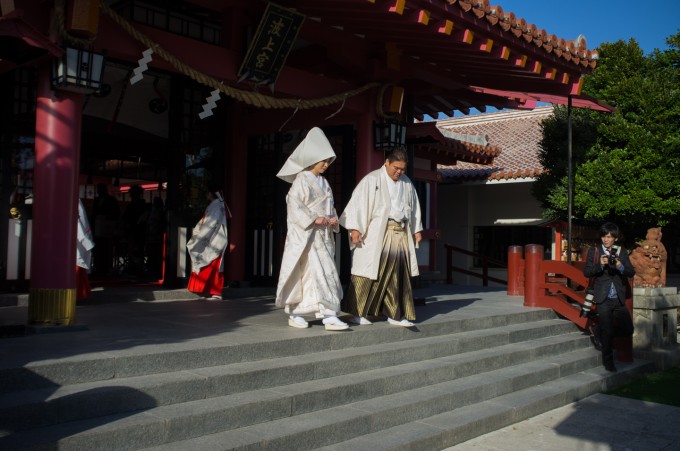
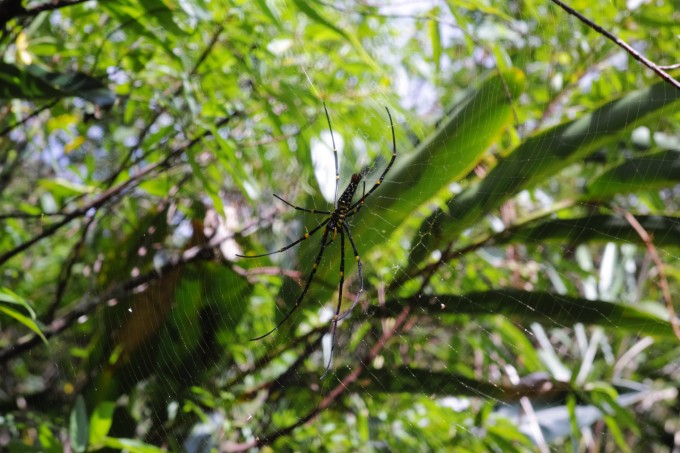
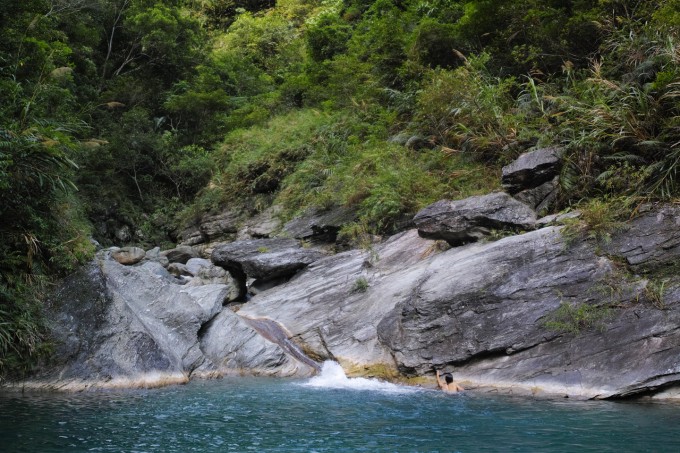
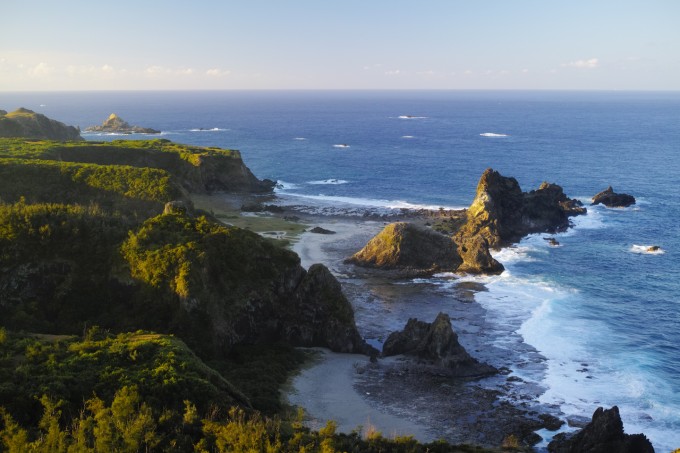
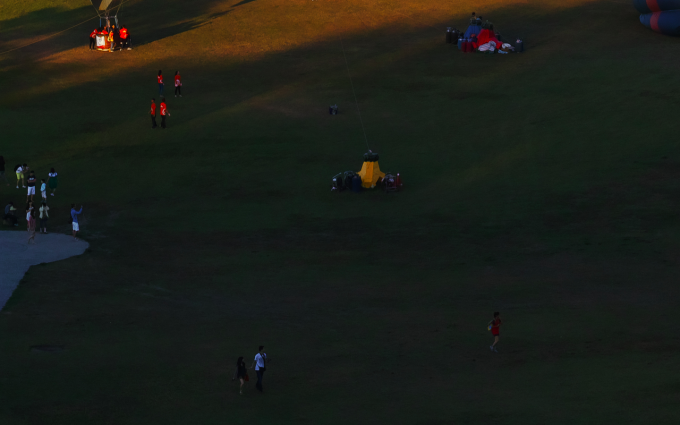
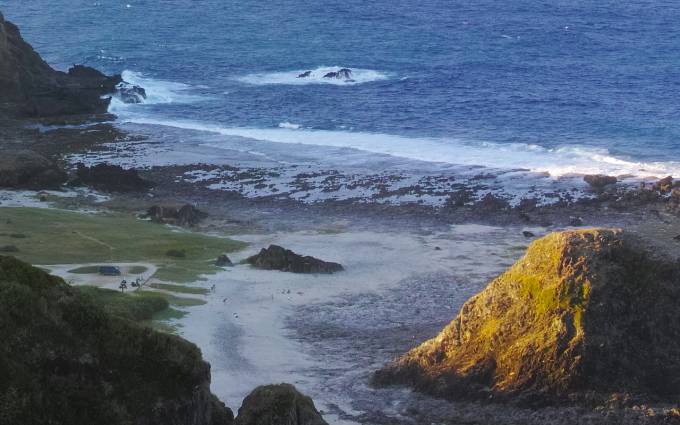



Check the links below:
* https://www.dropbox.com/s/tklmcpr19zgdg5w/pokryfka-taiwan-140716-SDIM0264-605.jpg
SDIM0264 from RAW using SPP 6.0.5 with no sharpening and no noise reduction.
* https://www.dropbox.com/s/dl45cuzs0x8elrt/pokryfka-taiwan-140716-SDIM0264-605-2.jpg
same image with a bit of sharpening applied using LR
The exposure is 1/50s which I found too long in quite few other pictures (time to start carrying tripod?); there may be space for a little bit of improvement here.
Would like to see a bigger photos of this. SDIM0236 the detail looks awesome in greens, but the resolution is too small 🙂 Like the feel of the photos, especcialy SDIM0264
The DP2Q actually has pretty decent jpegs, at least compared to the Merrills. On my DP2m I find the JPEG’s pretty plain unusable, and its night and day between a jpeg and raw, but on the Q, which I’m guessing not a lot of people have actually shot yet (I just got my Sigma demo delivered this week) JPEGs are quite usable, especially in good light. the Q gets the WB much better and there is way less green cast to issues. Its got some issues like its horrible grip, rubber SD card slot, huge hood etc, but JPEGs have come a long way
I have been shooting RAW+JPEG so far. Yet working with X3F RAWs is painful and I don’t see that much of improvement over OOC JPEG. I am quite happy with the JPEGs except for two issues:
1) there is (was?) a weird grid pattern in shadows and trees (the result is better when using SSP, but shall also be fixed in firmware 1.0.1).
2) most harm seems to be done by by noise reduction algorithms, also when using SSP (it can be disabled in SSP unfortunately I cannot find option to disable it in the camera for the moment).
Having said that I have been trying just released SSP 6.0.5 and it resolved greens in shadows much better than both SSP 6.0.4 and DP2Q 1.00.
Please, with these kind of camera’s , especially the Sigma, us only Raw. It has so much quality
Say it 100 times: I must not shoot jpegs with a Foveon camera.
Why are the most of your pictures much to dark ?
This sounds pretty good.
I was thinking about such setup but did not know the battery and filters could be shared!
That makes it ever better choice for travelling.
Michal
I found for me the “winning” combo is a Ricoh GR for 28mm (and 21 with adapter) and then the DP2m Merrill for 45mm equiv.
The GR has the ability to shoot at high ISO, has a built in flash and is a faster overall camera. It also is totally pocketable for going out to dinner etc. The DP2m has unmatched resolving power, and more reach for when I want more subject isolation etc.
The GR has great IQ but when possible, I often do a stitch pano with the DP2m for scenic stuff. Detail is unbelievable.
With the lens adapter on the GR, both cameras also share a 49mm thread size, so just one set of filters is needed.
The icing on the cake, so to speak, is that the two cameras share the SAME battery. That means only 1 charger for traveling and the batteries the DP2m says are flat can be popped into the GR and still give plenty of shots.
At current used prices you can get both a GR and DP2m for around $1000. Add the GW3 and your only looking at about $1250, which is a pretty great deal for 21/28/45mm equiv in a little kit that fits the smallest of bags.
I love my Sony A7 as well, but it seems crazy expensive sometimes when I factor in what my OM21, 35 and 55 FE’s cost on top of the camera body. They do have advantages of course, but stilll
Very nice report on those cameras! I have a Sigma DP2 Merrill and suggest not using the OOC JPEG from your Quattro. I would also stick to ISO 200 – 400. Yes, this will slow down your workflow. But in my opinion, it’s worth it!
My workflow for the Merrill is to:
– shoot ISO 200 or below in RAW, if necessary on a tripod
– use IrfanView with the x3f-Plugin to check the embedded JPEG in the RAW files and delete bad images
– mass export the rest of the files with a neutral setting to 16-bit TIFF in Sigma PhotoPro
– continue with Lightroom
This eliminates those frustrating hours waiting for SPP to apply simple corrections 😉
hm… I own the DP2M and the difference between RAW and OOC jpg is day and night. The RAW files are superb and in my experience blow away anything that comes out of a Fuji IQ-wise. But the OOC jpgs are by far the worst of any camera I have used. I assume the Quattro is similar that way and can really be only evaluated fairly by shooting and converting Raw.
You say Fuji X100 but the image is of X100s. The images look like the Bayer sensor of the X100 – and are much better than the Quattro (or at least it appears from these shots). The Quattro colours look a bit Panasonic sickly.